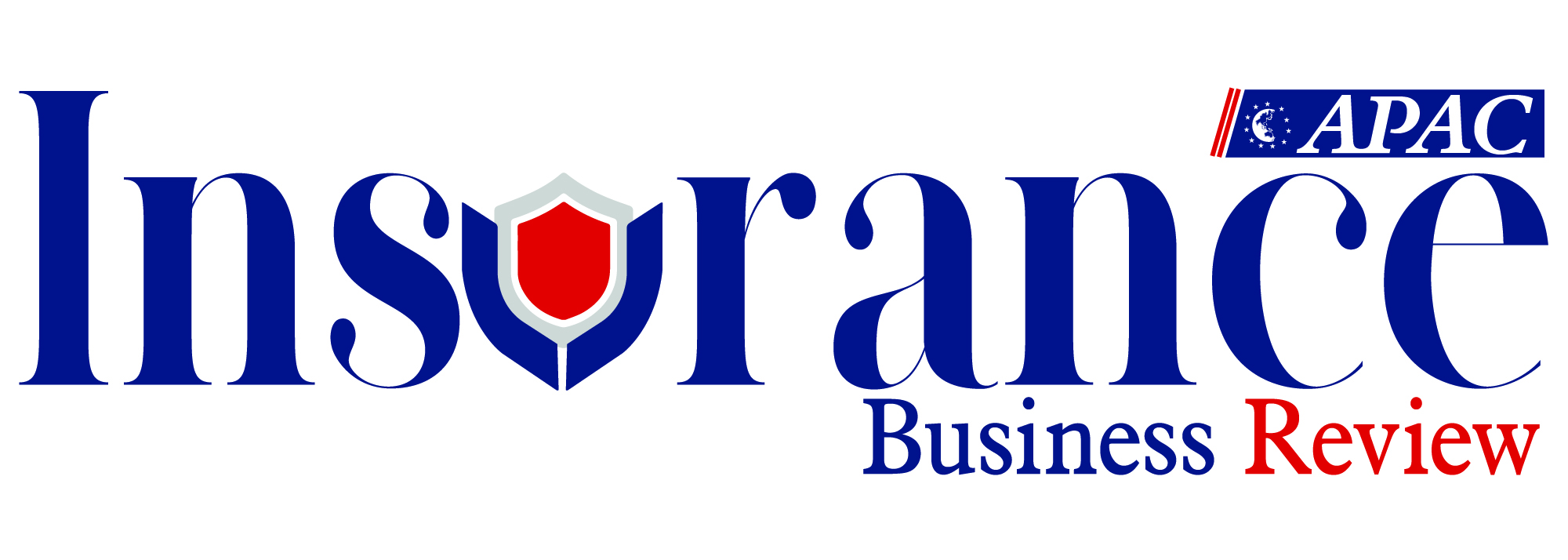Thank you for Subscribing to Insurance Business Review Weekly Brief
Critical Cyber Insurance Requirements for Business Success
Cyber insurance requires businesses to adopt key practices, such as employee training, data backups, identity management, and preventative solutions, to strengthen cybersecurity, mitigate risks, and ensure continuity.

By
Insurance Business Review | Monday, November 18, 2024
Stay ahead of the industry with exclusive feature stories on the top companies, expert insights and the latest news delivered straight to your inbox. Subscribe today.
Cyber insurance requires businesses to adopt key practices, such as employee training, data backups, identity management, and preventative solutions, to strengthen cybersecurity, mitigate risks, and ensure continuity.
FREMONT CA: Today, businesses of all sizes are increasingly vulnerable to cyber threats, making cyber insurance a crucial component of their risk management strategies. As cyberattacks become more sophisticated and frequent, the need for comprehensive coverage that addresses data breaches, system disruptions, and financial losses has never been greater. Critical cyber insurance requirements provide businesses with financial protection, allowing them to recover quickly and continue operations in the event of an attack.
Essential Cybersecurity Requirements for Businesses Seeking Insurance Coverage
Cyber Training for Employees
One of the critical requirements for cyber insurance is the implementation of regular cyber training programs for employees. Insurance providers expect businesses to proactively educate their workforce on common cyber threats like phishing and ransomware. Training plays a crucial role in reducing human error, often leading cause of data breaches. Regular education about identifying suspicious activity and maintaining strong security practices is essential to meet insurance requirements and may result in reduced premiums.
Identity Access Management (IAM)
IMA is another critical requirement for businesses seeking cyber insurance. Proper IAM ensures that only authorised individuals have access to sensitive systems and data, which reduces the risk of unauthorised breaches. Insurers expect organisations to use vital authentication processes, such as multi-factor authentication (MFA), to safeguard access to critical resources. IAM tools, including real-time monitoring and role-based access controls, are essential to demonstrate that the business is taking the necessary steps to protect its data and systems.
Regular Data Backups
Maintaining regular data backups is crucial for ensuring business continuity during a cyberattack. Insurers often require businesses to back up their data frequently, typically daily, to minimise the impact of potential disruptions. Backups should be stored securely and tested regularly to ensure they can be restored effectively. A reliable data backup strategy helps businesses avoid paying ransoms and prevents significant downtime, which is vital for minimising financial losses.
Data Classification Protocols
Data classification involves categorising information based on sensitivity level, which is essential for maintaining security and meeting insurance requirements. Businesses must implement policies to ensure that sensitive data receives the highest level of protection while less critical information can be handled with fewer safeguards. Insurers expect firms to have clear documentation and classification protocols, particularly when safeguarding personal customer information or intellectual property. Proper data classification helps mitigate the risk of exposure and potential financial losses during a security breach.
Multi-Factor Authentication (MFA)
MFA adds a layer of security by requiring multiple verification methods before granting access to systems or accounts. Insurers typically require MFA to be enabled on critical systems, especially for accounts with access to sensitive information. Implementing MFA is a simple yet effective way to reduce the chances of unauthorised access due to compromised passwords. This security measure is essential for businesses to meet cyber insurance providers' requirements and improve their overall security posture.
Preventative Cyber Security Solutions
Implementing preventative cyber security solutions, such as external attack surface management (EASM) tools, is increasingly a requirement for businesses seeking comprehensive cyber insurance coverage. These tools allow companies to continuously monitor their digital footprint for potential vulnerabilities and exposed assets. By detecting and addressing risks before they are exploited, businesses demonstrate a proactive approach to cyber security. This helps prevent attacks and positively influences insurance premiums, coverage terms, and overall risk management practices.
Companies meet insurers' standards and strengthen their cybersecurity posture by implementing essential practices such as employee training, identity access management, regular data backups, and multi-factor authentication. Preventative solutions like external attack surface management can reduce vulnerabilities and potentially lower insurance costs. With these measures, businesses can effectively safeguard their operations, recover from cyber incidents, and thrive in an increasingly digital world.
More in News






